Vegetable growing - introduction

“For all things produced in a garden, a poor man will eat better that has one of his own, than a rich man that has none.” – J. C. Loudoun
Contents
What is vegetable growing?
For a while dismissed by many as a quirky hobby for eccentric hippies (think ‘70s series The Good Life), vegetable growing is making a big comeback, with waiting lists at many allotment sites, schools creating veggie plots, celeb chefs buying their own farms and gardening programmes talking of banishing the lawn in favour of food production.
With recent food scandals, health concerns and the rise of media food culture coverage there’s also a growing interest in where food comes from, and how seasonal and local it is. You can’t get more seasonal, local and sure of your supply chain than producing it yourself.

It wasn’t long ago that knowing how to grow your own food was a life-saving skill in the UK. With industrialisation, the 1800s saw much poverty, but the welfare state didn’t exist. In 1908 the Smallholdings and Allotments Act was passed, requiring local authorities to make growing space available to those who needed it. These laws were strengthened post-war and now allotments sites are well-protected by legislation. Similar allocations of land for growing have been fairly common around the world, for example the dacha system in Russia, which is still in operation.
Stats vary, but many sources say it’s possible to be self-sufficient on 1-2 acres. Most people will be growing on a much smaller, hobby scale though, on an allotment (typically 250 square metres – the size of a tennis court), a back garden, or in containers on a balcony. Whatever you have, it’s always possible to grow something of your own and reap the many benefits which go with it.

What are the benefits of vegetable growing?
Growing your own organic veg is a fantastic hobby which:
- gives you an excuse to get out in the fresh air
- will keep you fit with a good workout in the ‘green gym’
- engages and educates all the family in where food comes from
- gives you essential survival skills if the world ‘goes wrong’
- gives you a connection to nature and the seasons
- provides you with fabulous, health-giving, tasty food
- reduces your food bill
- increases your sense of well-being (it’s well documented how gardening reduces stress and increases happy hormones)
- allows fewer chemicals to enter the environment
- causes less pollution due to lower food miles
- creates less packaging waste
- will probably make you a whole bunch of new friends

One of the great things about organic vegetable growing for the plate is that you know the food you’re putting into your body wasn’t produced using synthetic chemicals which harm soil micro-organisms and wildlife.
Chemical fertilisers are water soluble, which means that rain leaches them from the soil into groundwater or water courses, causing problems further down the line (excess algal growth, starving other organisms of oxygen). This water solubility also means they’re taken up by the plants as they drink, whether they need them or not. They grow faster than they would naturally, so become large, but more watery and tasteless. Finished compost, or well-rotted manure is not water soluble, and plants can take as much of it as they need.
Less well known is that the production and distribution of chemical fertilisers has an extremely high impact on the planet. It involves intrusive mining in China and many African countries such as Morocco – do an online image search for ‘phosphate mining’ and prepare to be horrified; not to mention the fact that these minerals are a finite resource, current intensive farming seems to be addicted to them – and what happens when we run out?
By contrast, organic gardening makes much use of natural systems such as liquid feeds (nettles, comfrey) green manures (clover, mustard) and particularly compost (preferably created on-site in a closed-loop system) which builds soil structure, stops leaching of nutrients and soil erosion. Instead of waving goodbye to a precious resource and relocating it off-site, composting takes your kitchen and garden waste and allows worms to break it down into a rich humus which will add fertility and nutrients to your soil. Encouraging earthworms in your soil – the unseen army of workers that is the key to good vegetable growing – also aerates the soil, improving drainage and layer mixing.

What can I do?
As grow-your-own (#GYO) becomes more popular, conversations about favourite tomato varieties can pop up in the most surprising places. Seek out a few friendly faces already growing some food (neighbours, family members, or wander down to the local allotment on a sunny day) and strike up a conversation. Don’t be frightened to ask for advice – growers love to talk about what they’re doing. You might even get an offer of an informal apprenticeship – you can help out with someone else’s growing for a season in return for produce and know-how, for example. Another way of doing this is a bit more intensively is to go WWOOFing.
If you’re not much of a chatter you can start by reading a few books (see resources) – but not too much before you give it a go, as there is so much information out there (some of it conflicting) that it can be a bit bewildering. Start your vegetable growing with something easy – onions or potatoes – and just do it, while gradually increasing your knowledge and range. Decide what you want to grow (what you like to eat, in other words). Start a compost heap from kitchen and garden waste and borrow or buy some garden tools. Car boot sales are an excellent and low-cost source.

If you have a plot that hasn’t already been cultivated, don’t let it put you off. Traditionally there would have been some initial hard work as you dug out all the weed roots, but there’s now a huge surge of interest in no-dig techniques.
This largely relies on mulching, which basically means covering the earth to exclude light and water, killing the plants underneath. This covering can be organic material, synthetic coverings such as Mypex, or waste material such as old natural-fibre carpets. The process takes time so you need to be prepared to wait, but it’s guaranteed to save a lot of hard work. In many quarters, the no-dig approach is also thought to be better for the soil, as there is less disturbance to the structure and to soil fauna.
A quicker solution for vegetable growing would be the raised bed approach, where top soil or compost is put on top of pre-existing grass / weeds and typically contained in a wooden structure. This is a good way to go if you have wood and basic carpentry skills.
As you get more advanced you can start to plan your planting. A traditional method is to create four or five distinct beds – potatoes, root crops, greens, beans / peas then possibly resting / fallow – and rotate each year. This is an important principle of organic growing; different crops take different nutrients from the soil and at different levels, and are attacked by different pests, so a new crop each year means that nutrients aren’t exhausted and pests can’t become established. There are some exceptions with plants that have to stay in the same place for a few seasons, or forever (e.g. Jerusalem artichoke or asparagus).
Buy organic seeds for vegetable growing and if possible, open-pollinated or heirloom varieties. Open pollination means the parents have been pollinated in a natural way by wind, insects, birds etc. If you allow resulting plants to complete their full life-cycle by flowering and going to seed, the seeds you harvest will be able to be grown next year and be ‘true to type’ i.e. have the same characteristics as the seed you planted this year. Heirloom varieties are the same, but have more of a history attached to them – i.e. they’re over 50 years old or they’ve been passed down by families or communities and their generational history is documented. Commercial hybrid seeds are different in that they’re the result of a cross between two varieties of parent selected for certain desirable traits. These seeds are easily identified as they have ‘F1’ under their name on the packet. They’re fine to grow (and with some vegetables – e.g. sweetcorn – you might have difficulty finding something that’s not F1), but if you seed-save from your plants, it reduces dependency on corporate seeds and increases food sovereignty potential.

Once you’ve bought your seed, basically just do what it says on the packet. In most cases it’s advisable to get your seedling compost from the garden centre, as it won’t contain weeds. Make sure it’s peat-free, as you don’t want to contribute to destruction of valuable and dwindling peat-bog habitats. For smaller seeds, make sure you use a seed compost. When seedlings have grown and you’re ‘pricking them out’ into individual pots, you can then use your own compost if you have some.
There are lots of jobs at different times of the year for each type of plant when it comes to vegetable growing. Books will give more details, as well as exactly how to grow all sorts of veg – when to sow, plant out, harvest etc. – and what protection they need. Beans need poles to climb, young brassicas need fleeces to protect them from birds and cabbage white butterflies, and so on.

You can control pests in various ways: rotation; companion planting (onions with carrots to prevent carrot fly, flowers between the veg – examples of good insect repellents are marigolds and nasturtiums); spray soapy water to repel aphids, and salty water for cabbage white caterpillars. An organic garden will have healthy soil and disease-resistant plants, with predators to eat pests – ladybirds, hoverflies, centipedes, and of course birds (cats are bad news). Installing a pond for frogs will give you a flying start in the war against slugs.
Watering is a skill in itself because if you water too lightly, you will encourage new roots to look upwards for their water supply; deep roots will make the plant more resilient in times of drought so make sure you give the soil a good drenching so the water sinks deep. Many think watering is best done in the evening, to lessen evaporation and so you don’t risk droplets acting like a magnifying glass on tender leaves and burning in sunshine; but you do then have a higher slug risk overnight. It’s a good idea to install a rainwater butt and harvest your own water, if you can.

Here are step-by-step guides on how to grow a wide range of vegetables, plus month-by-month advice on garden tasks. If you fancy having a go at the no-dig techniques that are becoming popular, there’s a wealth of information from Charles Dowding here.
Specialist(s)
Thanks to John Harrison of Allotment & Gardens and Scarlett Penn of WWOOF UK for information.
The specialist(s) below will respond to queries on this topic. Please comment in the box at the bottom of the page.

Alice Brown is from Sutton Community Farm, a small, not-for-profit, vegetable farm in South London. They grow over 100 varieties of vegetables which are sold directly to South London residents via their VegBox scheme, and to restaurants.

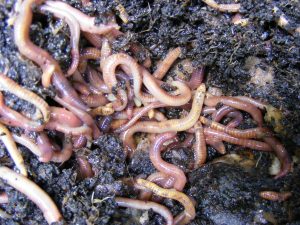
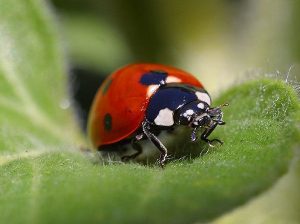
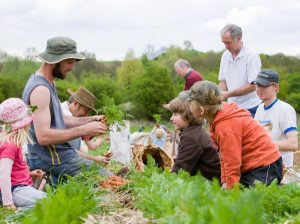
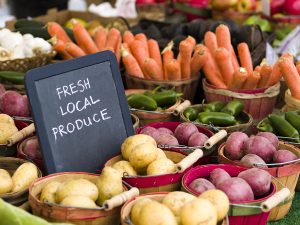
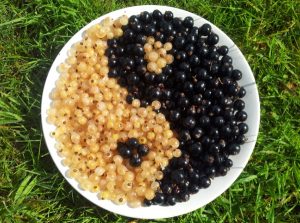
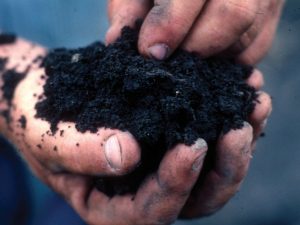
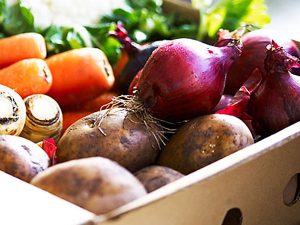
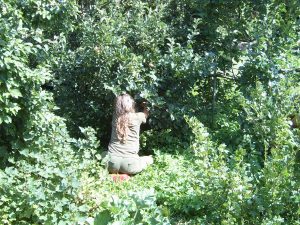
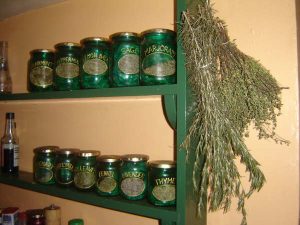
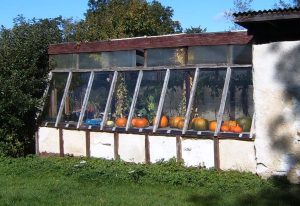

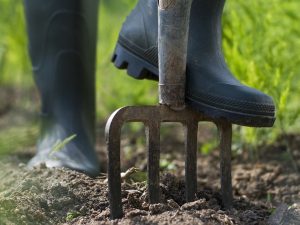
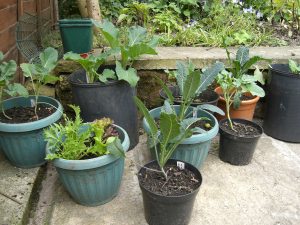
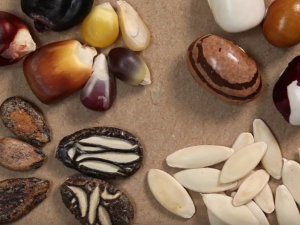

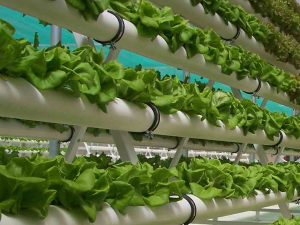
5 Comments
When I was younger my grandmother showed me how to grow organic vegetables and fruits. I remember the taste of the tomatoes she planted was delicious.
When I already had a family we bought a house with a big backyard and we decided to grow plants: tomatoes, potatoes, trees, etc. My children love tomatoes but they weren’t red so I bought some from the supermarket. When I cut them for a salad I saw the big root which my grandmother told me that tomatoes should not have. The vegetables that I bought from the supermarket don’t taste like they should so I stopped buying vegetables and fruits. I know a lot soil turfing and composting tips from my recent job as professional gardener. Because of my experience I am sure how to grow organic vegetables and fruits.
Hello!
I am looking to build a few raised beds at our office, growing a few veggies/herbs/flowers using permaculture techniques. I’m hoping to build the beds from recycled wood and use a hugulkultur soil structure. We will look to build this in September.
Are there any key info sites/tips you can offer?
Secondly, do you know anybody based in the area (Buckinghamshire/Hertfordshire) who would be willing to come and impart some wisdom to the team?
Best,
Jo
Hi Jo, great idea! I’ve heard of several people saying their hugulkultur beds slipped over the winter, so be warned. In my case the heavy rains washed all the soil off and it all slumped. They certainly can work, but I’m thinking more effort has to be put in to their structure and soil-cover when they’re bare (i.e. don’t have root systems holding them together) than you’d think. In terms of gaining some wisdom, have you tried the Garden Organic Master Gardener scheme? Or are any of you WWOOF UK members and able to do a quick geographical search for knowledgeable hosts in the area to make contact with?
As a child, I clearly remember the smell of tomatoes growing in my Grandad’s greenhouse, picking them fresh and eating them right there. Wonderful memories that we should endeavour to pass on to our children. I personally intend to buy a cheap little greenhouse to do exactly that ! Does anyone know if the Halls popular greenhouses are any good. I’m looking at a little 6 x 6ft for £271, this one: https://www.greenhousestores.co.uk/ here. I don’t want to spend too much, but will it be safe with kids around or should i buy a poly glazed greenhouse?
There’s a study out saying that home food production has 5 times the carbon footprint of conventional agriculture.
Maybe a better title would be: ‘study finds that growing food at home in the US has five times the footprint of growing food at home in the way it should actually be done – i.e. without each household regularly driving an SUV to garden centres to buy plastic kit, machinery, compost and chemical fertilisers and pesticides, but with rainwater harvesting, more trees and perennials, natural pest control, composting and sharing of tools and equipment’.